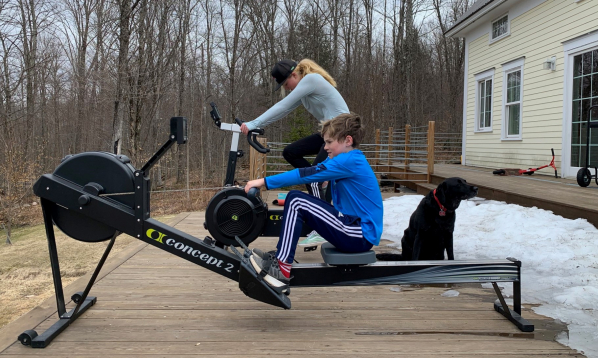
Rowing is a great fit for kids! The Concept2 Indoor Rower fits people of all sizes with very few adjustments. Here are some basic recommendations for setting up your RowErg for kids: Continue Reading ›
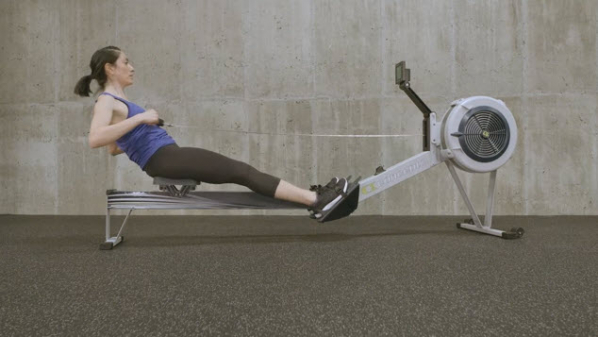 At the finish of the rowing stroke, the upper body is leaning back slightly, using support of the core muscles. Biceps and back muscles also help to maintain the finish position of the upper body. Legs are extended, stabilized by the contraction of the glutes and the quads. Shoulders are low, wrists are flat, the grip is relaxed, and the handle is pulled in to just below the rib cage.
At the finish of the rowing stroke, the upper body is leaning back slightly, using support of the core muscles. Biceps and back muscles also help to maintain the finish position of the upper body. Legs are extended, stabilized by the contraction of the glutes and the quads. Shoulders are low, wrists are flat, the grip is relaxed, and the handle is pulled in to just below the rib cage.
What do we mean by “leaning back slightly”? In rowing, the backward lean of the upper body is called the “layback”. What is an ideal amount of layback? Is it the same for everyone? What are the determining factors? And why is it important? Continue Reading ›
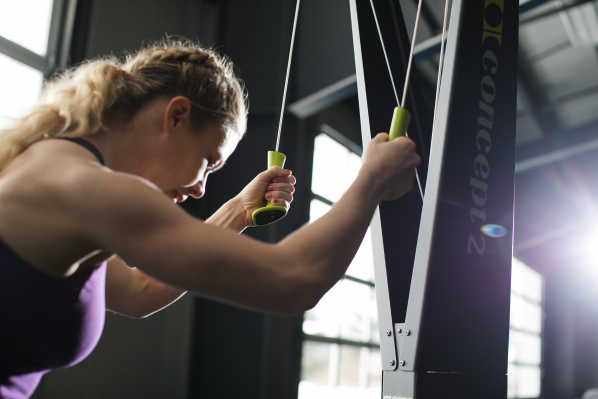 The SkiErg technique that we teach is based on the traditional sport of Nordic skiing. It is time-tested technique that has propelled skiers very effectively on snow. The beauty of the SkiErg is that it allows for a range of technical variations that can still be safe and effective depending on your goals and what works best for you. Continue Reading ›
The SkiErg technique that we teach is based on the traditional sport of Nordic skiing. It is time-tested technique that has propelled skiers very effectively on snow. The beauty of the SkiErg is that it allows for a range of technical variations that can still be safe and effective depending on your goals and what works best for you. Continue Reading ›
The SkiErg offers a great full-body workout engaging arms, core and legs. To get the most out of your workout, you’ll want to set yourself up for the proper technique. Technique starts as soon as you approach the machine and decide where to stand on the floor stand (or on the floor in front of a wall-mounted SkiErg).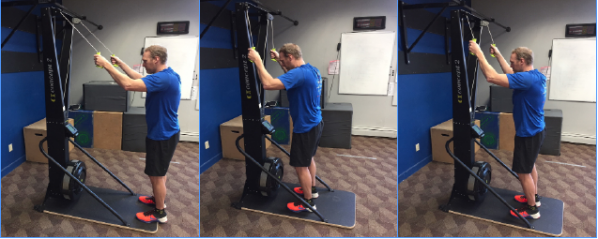
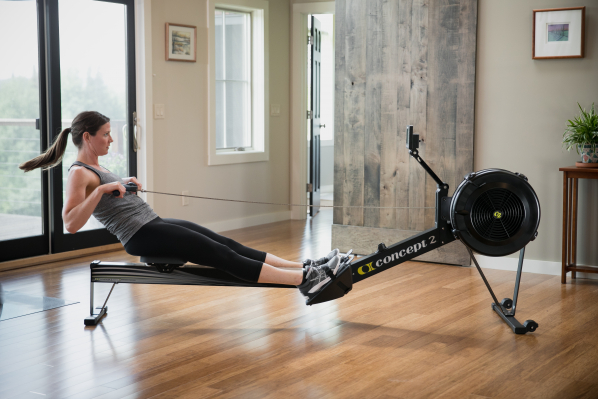
Myth #1: Rowing is only an upper body workout.
Rowing involves every large muscle group in the body. The legs are the primary driver on each stroke, followed by the core and finishing with the arms. The sliding seat allows the athlete to horizontally “jump” on each stroke, using the large muscles of the legs. Rowing is a high calorie burner because so many muscle groups are involved.
Myth #2: Rowing is hard.
Rowing is as easy or as hard as you like! While there is some technique to learn, we provide plenty of resources to get you started. Intensity is created by the user. The harder you row, the more wind resistance is generated, and the more resistance you feel. Rowing is a great sport for everyone! Continue Reading ›
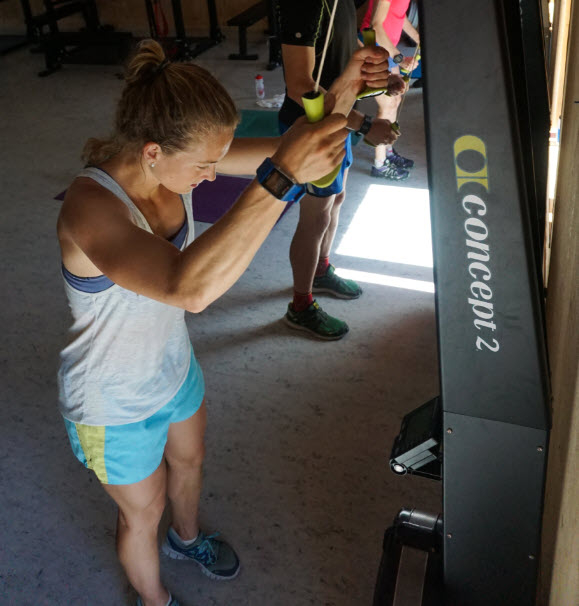 Just getting started on the SkiErg? Thinking of trying the SkiErg World Sprints?
Just getting started on the SkiErg? Thinking of trying the SkiErg World Sprints?
Now is the perfect time to get started!
This training program is aimed for those who have done very little hard work (if any) on the SkiErg. The plan suggests 2-3 SkiErg sessions per week Continue Reading ›
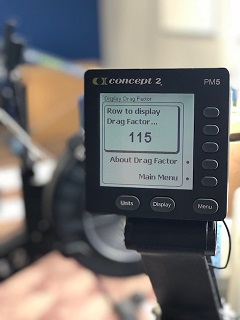
Concept2 generally recommends a damper setting on the indoor rower between three and five. Damper Setting is not resistance. The damper controls the air flow into the flywheel. It affects the feel of the stroke, but does not directly determine the resistance—which is generated by the speed of the rotating flywheel. A setting of “10” is not “better” nor indicating strength or speed. In fact, we asked some of our favorite Olympians and coaches what damper setting they use and why. The answers and their reasoning, below, may surprise you.
The athletes we interviewed prefer to adjust their indoor rowers to a specific drag factor instead of to a damper setting. Drag factor is recalulated on every run-down of the flywheel and takes local conditions into account. Indoor rowers adjusted to the same drag factors will feel similar, regardless of what damper setting is used to achieve that drag. It is important to note that the Performance Monitor self-calibrates, so regardless of damper setting or changing conditions, your true effort is measured. Here's how to Display Drag Factor on your Performance Monitor. Continue Reading ›